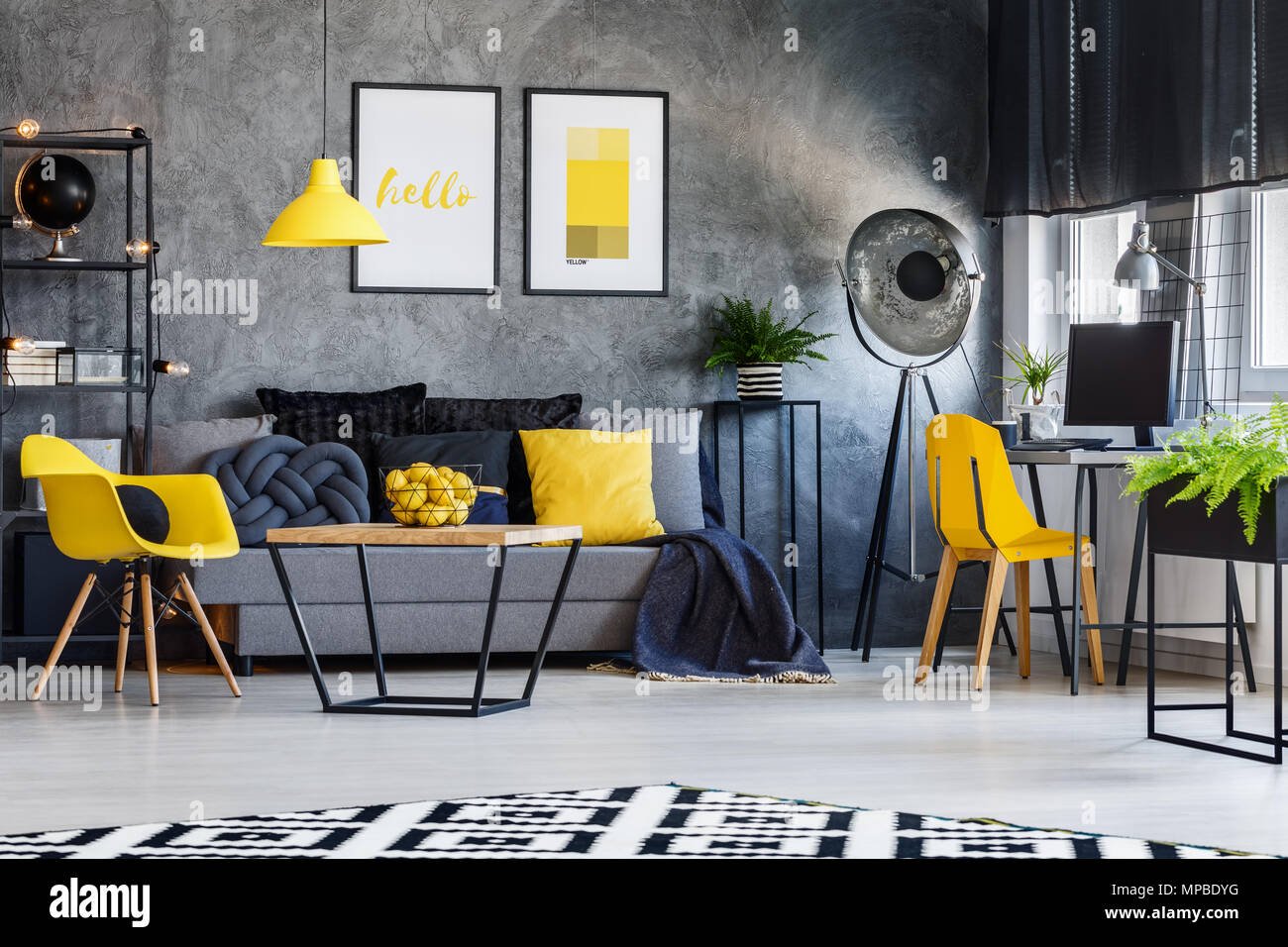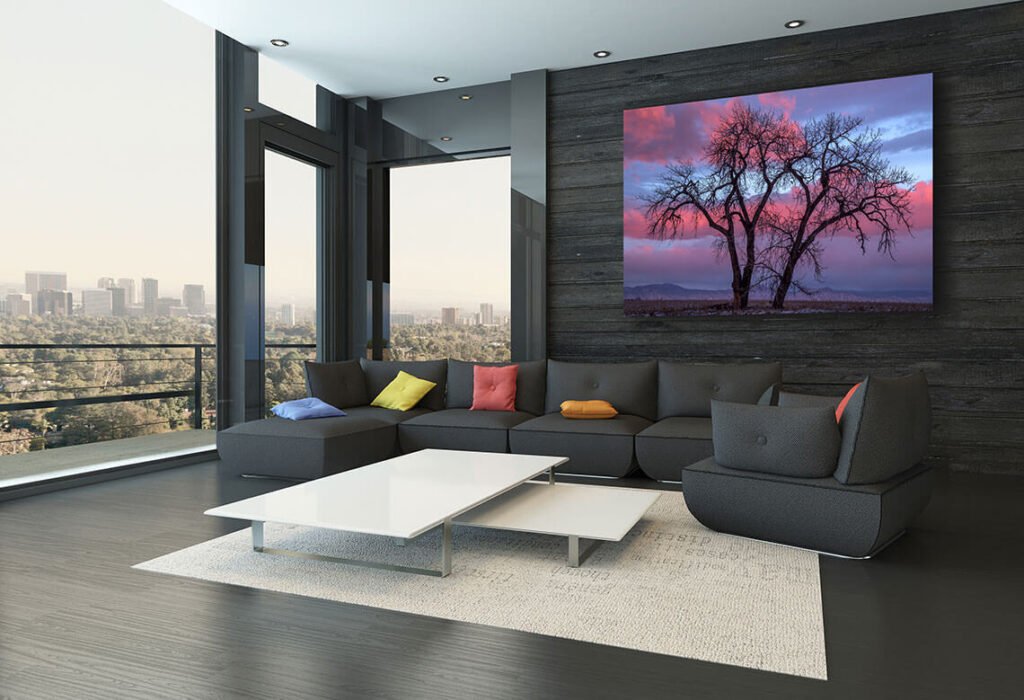Modern design photography is an art form dedicated to showcasing contemporary elegance through innovative techniques and perspectives. By emphasizing clean lines, minimalism, and the latest design trends, photographers can capture the essence of modern design and present it in its most striking form. This article delves into the essential aspects of modern design photography, offering insights on how to effectively capture the beauty and sophistication of contemporary design.
Embracing Clean Lines and Minimalism
Modern design is characterized by its emphasis on clean lines and minimalism. To capture this aspect effectively, focus on framing shots that highlight the simplicity and elegance of the design. Use wide-angle lenses to encompass the full scope of the space, and ensure that the compositions are uncluttered and straightforward. By eliminating extraneous elements, you can emphasize the purity and sophistication of modern design.

Utilizing Natural and Artificial Light
Lighting is crucial in modern design photography, as it enhances the clean lines and minimalistic features of contemporary spaces. Natural light often provides a soft, flattering illumination that complements modern design elements. Aim to shoot during the golden hours—early morning or late afternoon—to capture the space bathed in warm, natural light. For interiors, use a combination of natural and artificial lighting to create a well-balanced effect that highlights key design features.
Highlighting Innovative Aesthetics
Modern design often includes innovative aesthetics and unconventional materials. Capture these elements by focusing on unique design features, such as experimental shapes, cutting-edge materials, and bold color schemes. Use close-up shots to showcase intricate details and textures, and wide shots to present the overall impact of innovative design choices. By emphasizing these distinctive features, you can convey the creativity and originality of contemporary design.
Mastering Composition Techniques
Effective composition is essential for capturing modern design photography. Apply techniques such as the rule of thirds, leading lines, and framing to enhance the visual appeal of your shots. Symmetrical compositions can emphasize the balance and harmony of modern designs, while asymmetrical compositions can introduce dynamic elements and draw attention to specific features. Thoughtful composition helps to create visually engaging images that reflect the elegance of contemporary design.
Capturing Functional Spaces
Modern design often emphasizes functionality and efficiency, with spaces designed to be both beautiful and practical. When photographing such spaces, focus on how the design serves its purpose while maintaining aesthetic appeal. Capture how the layout facilitates ease of use and how functional elements blend seamlessly with the overall design. By highlighting the relationship between form and function, you can showcase the practicality and sophistication of modern design.
Incorporating Contextual Elements
Contextual elements can enhance the portrayal of modern design by showing how it interacts with its environment. Capture the building or interior in its broader context, including its relationship with the surrounding landscape or urban setting. These shots provide additional perspective and help viewers understand how modern design integrates with and complements its environment.
Expert Post-Processing
Post-processing plays a significant role in refining modern design photography. Use editing software to adjust brightness, contrast, and color balance, ensuring that the images are polished and professional. Avoid over-editing; the goal is to enhance the design features while maintaining a natural and authentic appearance. Subtle adjustments can improve the overall presentation and highlight the elegance of modern design.
Showcasing Architectural Details
Modern design often incorporates architectural details that contribute to its overall aesthetic. Focus on capturing these details, such as unique fixtures, bespoke furniture, and custom finishes. Close-up shots can reveal the quality and craftsmanship of these elements, while wide shots can show how they integrate into the larger design. By showcasing architectural details, you can convey the sophistication and attention to detail inherent in modern design.
Conclusion
In conclusion, modern design photography is about capturing the elegance and innovation of contemporary design through effective techniques and perspectives. By embracing clean lines and minimalism, utilizing natural and artificial light, and highlighting innovative aesthetics, photographers can present modern design in its most striking form. Mastering composition, capturing functional spaces, and incorporating contextual elements further enhance the portrayal of modern design. Expert post-processing refines the images, ensuring a polished and professional presentation. For those interested in showcasing contemporary elegance, modern design photography offers an insightful and captivating glimpse into the world of cutting-edge design.

